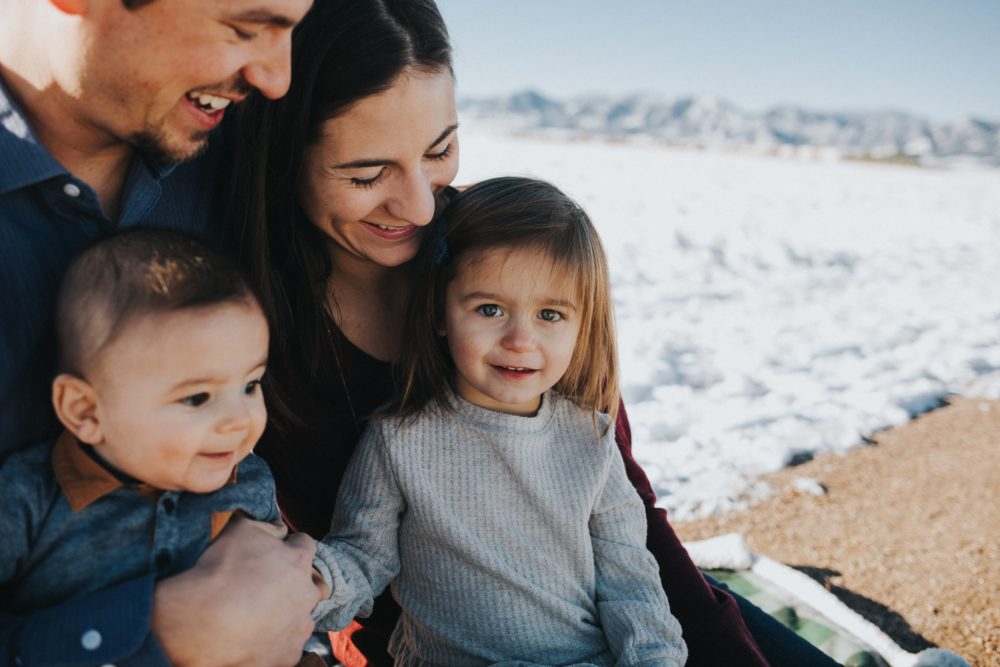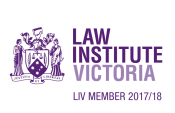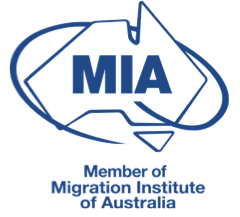A heartbroken and exhausted Penny* and Andy* came to see us last year. They had just received notice that their adopted daughter had just had her Visa refused.
Proper formal and legal adoption process.
Penny and Andy had adopted their daughter Peta* as a baby after her father was killed and her mother abandoned the child. The adoption was legal in Peta’s home country and it was properly formalised by the relevant court in charge of adoptions.
There are different types of overseas Adoptions.
Peta’s adoption was not an intercountry adoption, it was an expatriate adoption.
An expatriate adoption occurs when an Australian citizen (or Australian permanent Resident) adopts a child from a country other than Australia. The adoption occurs through the overseas country’s domestic legal processes and is finalised by the relevant legal adoption authority in that country.
After an adoption is finalised, there is a complete severance of legal parental ties with the child’s biological parents, and the adoptive parents become the child’s parent under law.
Visa application lodged.
On the advice of their overseas migration agent, Penny and Andy lodged an Orphan Relative Visa, Subclass 117 with Andy as the Child’s family sponsor in October 2017, (as soon as her adoption was finalised).
Unfortunately, the visa application was refused because the delegate considered that the application did not meet the requirements for an Orphan Relative Visa.
It was refused because the child’s mother was still alive, and was not technically “completely and permanently incapacitated” to care for her – despite the fact that she had abandoned the child, and was prevented from caring for her because of the adoption severing the parental ties.
Subclasses of visa within “Class” of visa.
Within the relevant Visa Class of the type that the Migration Agent had applied for, there are three Subclasses – Orphan Relative Visa (Subclass 117), Child Visa (Subclass 101) and Adoption Visa (Subclass 102).
The delegate deciding the application also considered the application against the Adoption Visa criteria, but concluded that neither parent had spent the requisite 12 months overseas at the time of the visa application.
Where there is more than one Subclass of visa within a Class, a case officer may consider a visa application against all of the relevant Subclasses.
Review application lodged at the Administrative Appeals Tribunal (AAT).
We lodged an application for review of the visa refusal at the AAT, and in our written submissions we argued that the Tribunal should consider the Adoption Visa. We submitted that because the adoptive father had spent a cumulative total of 25 months overseas at the time of the visa application, that the requirements of the Adoption Visa were met.
The Adoption Visa “12 month rule”.
An adoption visa criteria is that one or both adoptive parents have lived overseas for at least 12 months at the time the visa application is lodged, and policy states that the 12 months must be continuous and “not contrived to circumvent the requirements for entry to Australia of children for adoption“.
This means that an adoptive parent cannot move to an overseas country simply to facilitate the adoption – it must be because of other things such as employment etc.
It is important to note that the overseas country that the adoptive parent is resident in, need not be the same country as the child’s.
Must the 12 months be continuous, as stated in policy?
Whilst DHA policy states that the 12 months must be a continuous period, the Regulations do not. We argued that the DHA policy was inconsistent with the Migration Regulations, and the Regulation should be followed, not policy.
Andy had not spent a continuous 25 months overseas, but had spent the majority of his time there. He had returned to Australia for up to 3 months at a time,to see his two sons, to work and top up the family’s finances. When overseas, Andy was the primary carer for little Peta, who resided with her very frail grandparents.
As Andy had spent over 12 months overseas at the time of the visa application, we submitted he met the requirements for the visa. The Tribunal accepted our submissions, and “remitted” the application back to the DHA with the instruction that the application met the requirements for an Adoption Visa.
Other Adoption Visa requirements
Apart from demonstrating that Peta’s adoption was lawful in her country, Andy and Penny had to demonstrate the following in order for the visa to be granted:
- That Penny or Andy were resident overseas for at least 12 months at the time of application for the visa.
- That one or both of them were Australian citizens or Permanent Residents
- That they satisfied the character requirements.
Peta also needed to meet the visa’s health requirement, but she was exempt from character requirements because she was a child.
At the time of application for the visa, Andy was an Australian Permanent Resident and Penny was an Australian citizen. The both met the character requirements for the Adoption Visa.
Visa Granted!
After meeting all the required criteria, and providing the relevant character and health documents, Peta’s Adoption Visa was granted, and she is looking forward to her new life in Australia as a new Permanent Resident.
Because Peta is a child, she does not have to meet the general residence requirements for Australian citizenship, which means that as soon as her new parents catch their breath after they arrive back from overseas with her, they will be able to apply for Australian citizenship for her immediately.
This is a delightful and very happy ending!
Need help navigating your way through the complicated Australian immigration system, or with a visa refusal?
Contact us today and let’s talk! We are here to help you.
- *We have used pseudonyms.

 Points Test
Points Test
 Book Now
Book Now 


